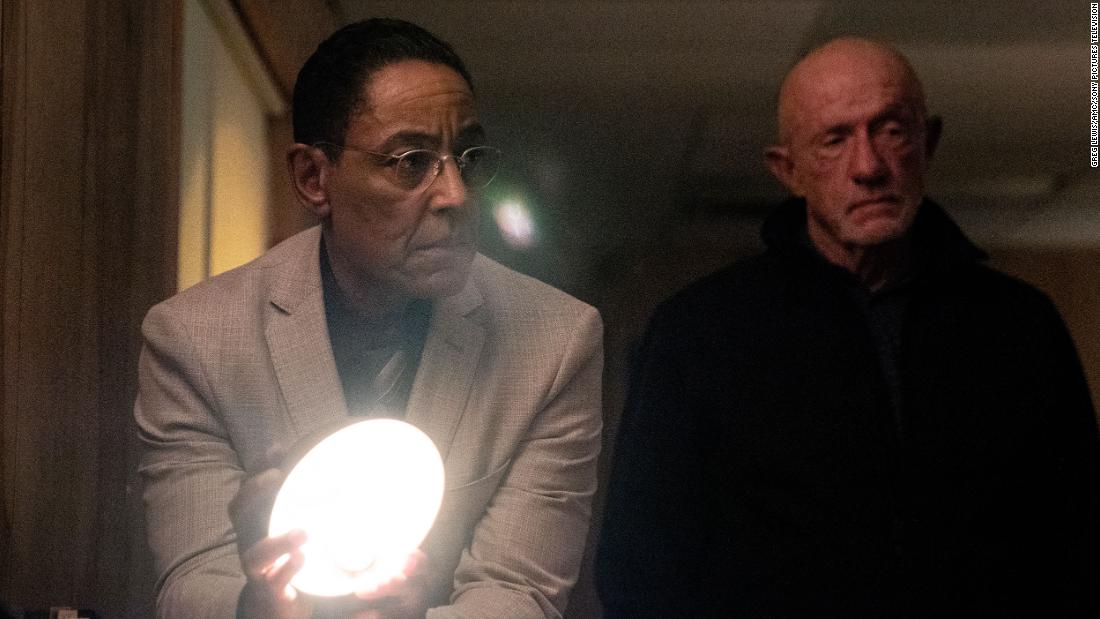‘Better Call Saul’ and ‘Obi-Wan Kenobi’ make a case for the art of the prequel
Prequel series, of course, are all the rage these days, including “The Lord of the Rings” and the “Game of Thrones”-inspired “House of the Dragon” coming soon, picking up the mantle from major franchises. Yet those stories are set far from the events depicted in the previous projects, making them an almost completely different animal.
Both “Obi-Wan” and “Saul,” by contrast, unfold with enough narrative proximity to the projects that launched them (“Star Wars: A New Hope” and “Breaking Bad,” respectively) to feature characters from their predecessors and directly tap into those situations, recognizing how these offshoots feed off of the earlier stories.
Unlike sequels, which in theory can boldly go in uncharted directions, the prequel represents a particular set of challenges. Because the audience is aware of limits on what can happen — and perhaps more significantly, what can’t — that creates a hard curb on the storytelling. The construction is thus something like a jigsaw puzzle, where everyone knows what the picture ultimately looks like and success hinges on figuring out how to assemble the pieces.
“Saul” and “Obi-Wan” obviously aren’t perfectly analogous, beginning with the expectations (and baggage) that anything in the decades-long “Star Wars”-related timeline brings with it, and the fact that the former essentially promoted a relatively minor character front and center. Yet they do share a few key attributes that underscore why they worked, in a way that other movies and series undertaking this task often haven’t.
Those are, in no particular order:
Leave enough runway, but not too much
While it helps to be close enough to the earlier productions to make narrative contact (thousands of years, not so much), there needs to be enough room to breathe to craft a plot that stands on its own — and perhaps even leave the door open for an encore, should that be desired and feasible.
The bottom line is that prequels need to carefully calculate where to start in order to convincingly build toward where they end, without trampling on or in any way detracting from the source material that inspired them.
Give viewers that “Ohhh…” response
One of the thrills that prequels can provide is enhanced insight into the events with which viewers are already familiar, and greater understanding of them. “Obi-Wan” intriguingly toed that line in building off nuances in the Kenobi-Anakin/Darth Vader dynamic, while Saul has added richness to not just the title character but Mike Ehrmantraut (Jonathan Banks) and later Gus Fring (Giancarlo Esposito), revealing what brought them to the places they occupied when we first met them in “Breaking Bad.”
There is, invariably, a degree of fan service that can smack of pandering in those moments, but done right, it simply feels like a value-added reward for past patronage, which, just practically speaking, is why these projects exist in the first place.
Create your own new mythologies
Despite the linkage to previous material, any prequel worth its salt has to establish its own characters and story lines, especially if it wants to possess any kind of longevity.
“Better Call Saul” has been a master class in that, especially in the central question surrounding Kim Wexler (Rhea Seehorn), a pivotal figure in Saul’s life whose absence later on has provided the show’s central mystery throughout its run.
As closely tethered as “Obi-Wan” was to bridging the gap between “Revenge of the Sith” and “A New Hope,” it too found a way to explore characters beyond those rooted in the original story, while adding layers and depth to what was happening in the galaxy during the intervening years.
The past isn’t always prologue, but given the inevitability of future prequels thanks to the appetite for such content, will these lessons be taken to heart? To paraphrase a certain princess, we can only hope.
For all the latest entertainment News Click Here

